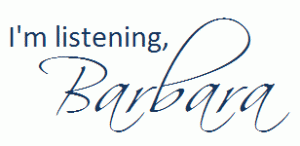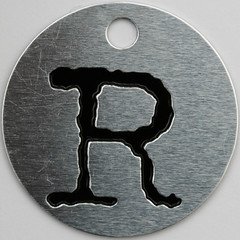 An Open Note to All of Prof. Nixon’s Students at Georgia Southern University:
An Open Note to All of Prof. Nixon’s Students at Georgia Southern University:
We’re almost off and running in our Spring Semester classes at GSU. This semester, I’m teaching six (yes, six) courses, and they are all taught online. The syllabi will be e-mailed to all my enrolled students, and I’m also posting links to them (on Scribd) here.
- Public Relations Writing (3 sections)
- Public Relations Practicum
- Social Media for Public Relations
- Making Connections: Facebook & Beyond
So that we can make the most of this semester, please (Please, PLEASE) take some time to read through the blog posts I’ve included here. I promise you, it will be well worth your time. (How often do professors let you get inside their heads, letting you know their tips for success and their pet peeves?)
- Prof. Nixon’s Teaching & Learning Philosophy
- Jumpstart on Nixon’s Spring 2010 GSU Classes
- How to Fail a Class (Without Really Trying)
- Ten Ways NOT to Prepare for College Advising
- My End of Semester Rant, Kinda
Additionally, here are a few more tips:
- When communicating with me via e-mail (or Facebook), always put your course number (such as PRCA 3330) in the subject line to help me immediately identify who you are and frame your questions or comments. Do your best to write in full sentences, paying attention to standard English grammar and spelling. Always sign your e-mails with your first and last name, as your GSU e-mail address will not make that readily apparent to me.
- When submiting an assignment in GeorgiaVIEW, always put your last name as part of the file name, and also include your name in the document itself. Papers submitted without your last name as part of the file name cannot earn full credit.
- If an assignment is due in GeorgiaVIEW, the only way to get full credit for the assignment is to submit it in GeorgiaVIEW. (E-mailing an assignment to me can be risky; I receive 250+ e-mails a day, and there’s a chance I will not even see it in my inbox.)
- Follow me on Twitter, if you really want to get inside my head. (What’s Twitter?)
Let’s make this a great semester together!
(PS: If you’re one of my students reading this post, please leave a reply to this post so that I can know you have read it. If your reply doesn’t show up immediately, no worries — I may need to approve it before it appears, if you’ve never commented on my blog before.)


 For spring semester’s PR Writing course that I’ll be teaching online, I will be augmenting my own content and
For spring semester’s PR Writing course that I’ll be teaching online, I will be augmenting my own content and 



 Before the Thanksgiving break, my students in the
Before the Thanksgiving break, my students in the 

